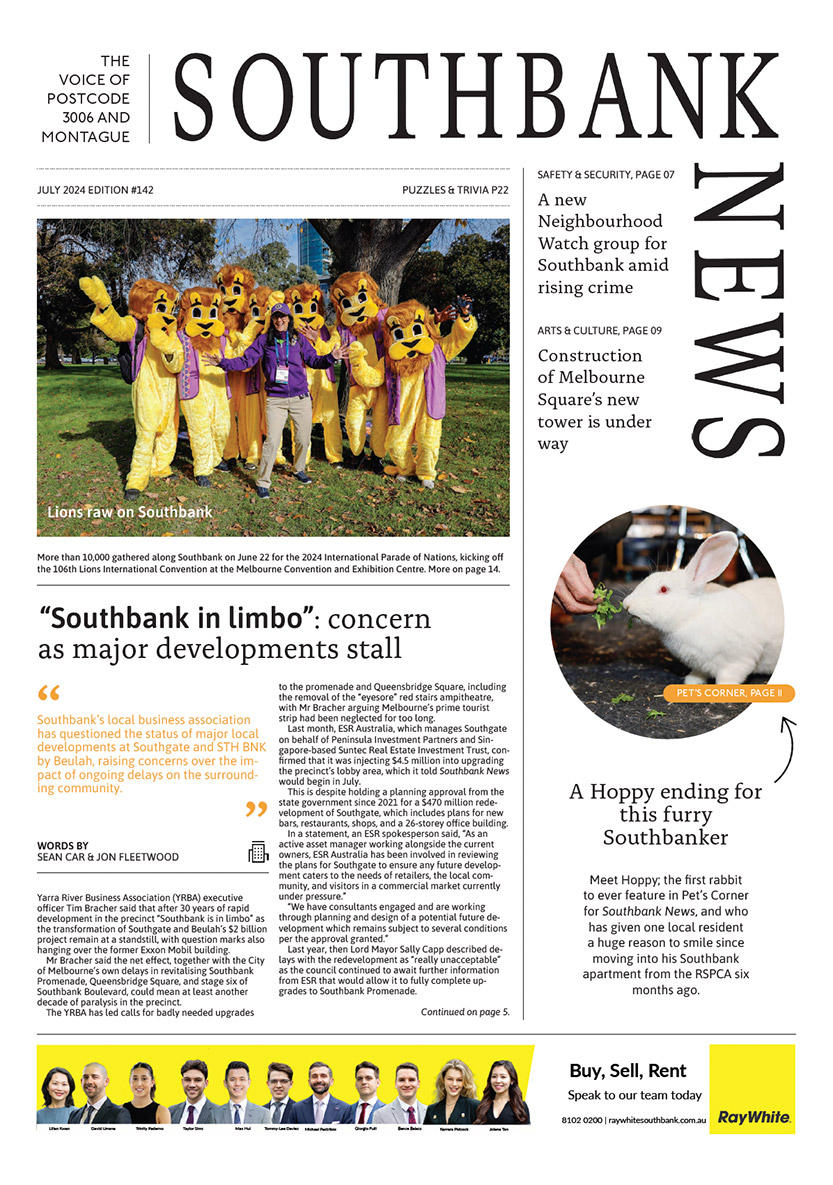New data shows city economy has “recovered remarkably strongly”
Fresh statistics have painted a positive picture for Melbourne’s economic recovery, although office attendance continues to be a point of contention.
New data has revealed that Melbourne had “recovered remarkably strongly” since being the nation’s “most impacted” local economy during COVID-19.
Fresh statistics have shown that inflation-adjusted consumer spending in December 2023 was three per cent higher than in December 2019, while pedestrian counters at Town Hall for the week ending January 14 revealed a five per cent uptick from the pre-COVID benchmark.
Shopfront vacancies, which peaked at 31 per cent in November 2021, were down to 12 per cent in December.
It has meant that the City of Melbourne’s economy, which experienced 263 days of lockdown during 2020 and 2021, was now on track to reach a target of $150 billion Gross Local Product by 2031.
The goal comes on the back of growth from $80.5 billion in 2012 to $114 billion in 2022.
“Since the final COVID-19 restrictions were removed in April 2022, Melbourne’s economy has recovered remarkably strongly,” an economic update provided to councillors at the February 5 Future Melbourne Committee (FMC) meeting stated.
“Notwithstanding the impact of the pandemic, [the city’s] economic growth has been impressive.”
The council said its “extensive marketing” of major events in the city and a beefed-up cleaning and graffiti removal team, had “underpinned” the economic recovery.
Southbank and the city’s retail core were noted in the report as areas that had “recovered strongly”. Others, however, continued to “lag behind”.
“While the recovery has been strong, challenges remain. The rhythm of the city is different to the pre-pandemic period,” the report stated.
“This has created opportunities for some businesses, but challenges for others. Changing patterns of work mean there are fewer office workers in the city, and mornings are much quieter, with commuter traffic at Flinders Street Station between 6am to 9am on weekdays at just 61 per cent of 2019 levels.”
Commercial Real Estate Services Australia revealed that in the September quarter, Melbourne’s office occupancy averaged just 56 per cent.
While the council acknowledged that “in the wake of the pandemic, hybrid work has become normalised for office-based workers”, it said the city was significantly behind other Australian cities when it came to workplace numbers.
Sydney and Brisbane, for example, were at 75 per cent.
“Melbourne should ultimately aspire – and expect – to achieve office occupancy rates similar to other capital cities.”
At the final FMC meeting of 2023, on December 5, councillors pushed for a marketing campaign encouraging a return of office workers following the summer holidays.
The motion by Cr Roshena Campbell also urged a roundtable of major employers to discuss office attendance, and requested the Lord Mayor write to Victorian Premier Jacinta Allan regarding the return of Victorian public servants to their CBD workplaces.
More than 80 per cent of recent economic growth in the City of Melbourne has come from the knowledge economy. Sectors that have been the source of most economic growth are financial and insurance services, and professional, scientific and technical services. •
The Good: what’s at or higher than pre-COVID (2019) levels?
- Consumer spending
- Hotel room bookings
- International students
- Night-time and weekend pedestrian activity
- International flights
The Bad: what’s lower than pre-COVID (2019) levels?
- Office occupancy
- Morning commuter/pedestrian numbers

A new Neighbourhood Watch group for Southbank







 Download the Latest Edition
Download the Latest Edition